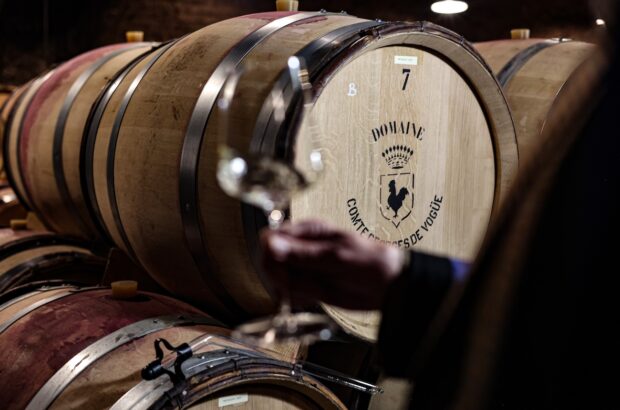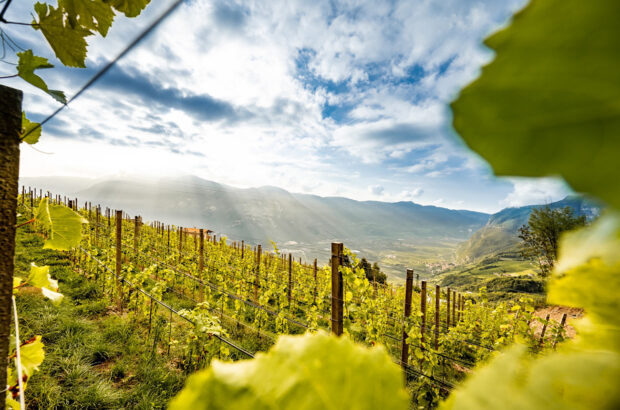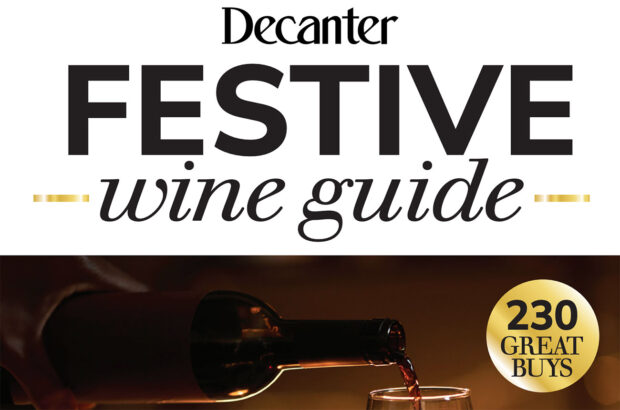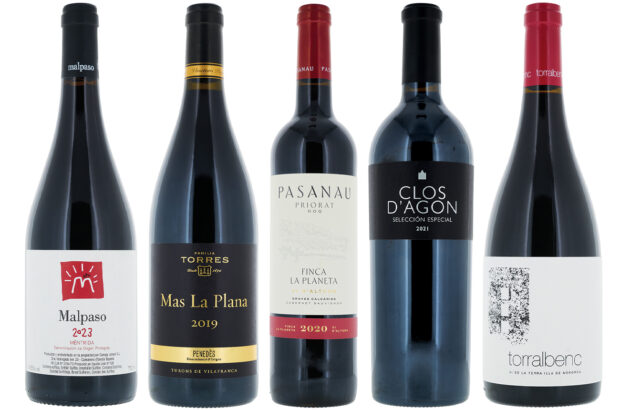The analogy isn’t exact (they rarely are), but Tuscany’s offer, too, was once… well, more monotonous than monolithic. I remember the straw-bottomed fiaschi (flasks) of Chianti from my early drinking days in the 1970s, and the light, dreary wine they tended to contain: uninspired, often careless blends of Sangiovese with other local varieties, red and white. There was, of course, aristocratic Montalcino, based on pure Sangiovese and the high-quality Brunello clone, but (as with Bordeaux’s elite today) it was a tiny head sitting atop Tuscany’s vast and unshapely body.
The arrival of new varieties (ironically, from Bordeaux) and the celebrated ‘SuperTuscan’ wines they spawned changed everything, together with the discovery that the formerly derided, mosquito-infested Maremma coastal region actually harboured great terroir for these incomers: Sassicaia and Bolgheri. Squabbles continue about the wisdom of allowing these varieties into the DOCG regulations for Chianti Classico, but let’s stick to the bigger picture: their arrival here was creatively explosive. Cabernet and Merlot (even today, only 6% and 8% of plantings in Tuscany) jolted imagination and excitement into Tuscan wine creation from the 1970s onwards; Sangiovese-based wines, indeed, vastly improved, either in blends or by example. All of this has been worth billions of euros to Tuscan wine producers – and brought huge drinking pleasure to wine lovers around the world.
I was thinking about all this when, returning from Italy to France in late June, I dropped in on the Moretti Cuseri family’s Tenuta Sette Ponti estate in Valdarno. The ‘seven bridges’ of the estate’s name are those historically found, over the Arno river, along the Valdarno valley between Florence and Arezzo. We’re in lower-lying land, here, than the highlands of Chianti Classico further west, whose tangled hills resemble the mass of curly locks atop Roman statues of emperors and warriors.
The family also has an estate deep in the Maremma of southern Tuscany – Poggio al Lupo, southeast of Grosseto; as well as another in the Bolgheri zone – Orma, between Castagneto Carducci and Bolgheri itself. (They have two estates in Sicily, too.) These three holdings constitute a significant canvas of formerly unheralded Tuscan terroir; what gets planted and vinified in each location offers great potential for creativity. Some 16 different wines are the result.
Having tasted most of the range twice over the last year, there is no doubt in my mind that what works best in these particular Tuscan sites is… Cabernet and Merlot. The family is very proud of its old-vine, pure-Sangiovese Vigna dell’Impero, aged in big wood, and the ‘modernist’ Crognolo (Sangiovese with 10% Merlot aged in barrique). Amedeo Moretti Cuseri calls Vigna dell’Impero ‘our crucial wine’ and says it was the reason his grandfather bought the Tenuta Sette Ponti. But I enjoyed the pure-Merlot Sette and the Bordeaux-blend Oreno more; the Bordeaux-blend Orma from Bolgheri is gorgeous, too. The two terroirs are clearly different: Bolgheri more generous and fleshy; Valdarno tauter, more restrained, more engraved.
Are there lessons for Bordeaux itself in all of this? At 23,000km2, Tuscany covers more than twice Bordeaux’s surface area, and its topography is more diverse, while Bordeaux has many more vineyards (some 108,000ha declared in 2023, compared to 60,000ha in Tuscany, according to the ISMEA institute).
The formula for change certainly can’t be the same. Yet it was free thinking, experiment and imagining a future which can reinvigorate tradition that changed everything in Tuscany. Bordeaux can surely do this, too. Can’t it?
In my glass this month
Tenuta Sette Ponti’s Oreno 2022 (which includes 10% Cabernet Franc for the first time, from vines planted in 2016, alongside 45% Merlot, 40% Cabernet Sauvignon and a seasoning of Petit Verdot) is aromatically restrained and nuanced: serene red and black fruits dissolve into a pastoral aromatic landscape where smoke and hay play a distant role, too. On the palate, the wine is rosebud-tight, bright and elegant, with fine-textured poise; no hurry to drink.













